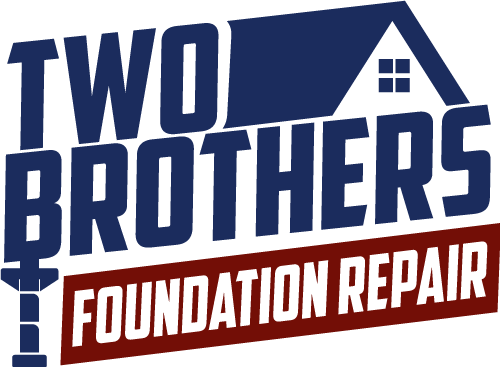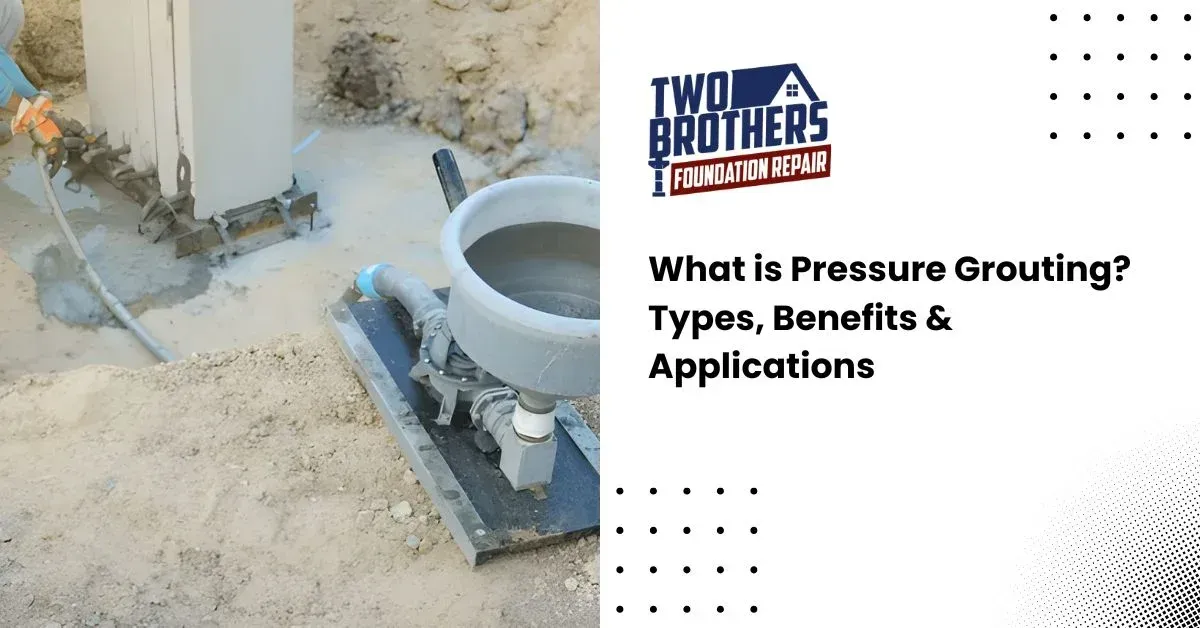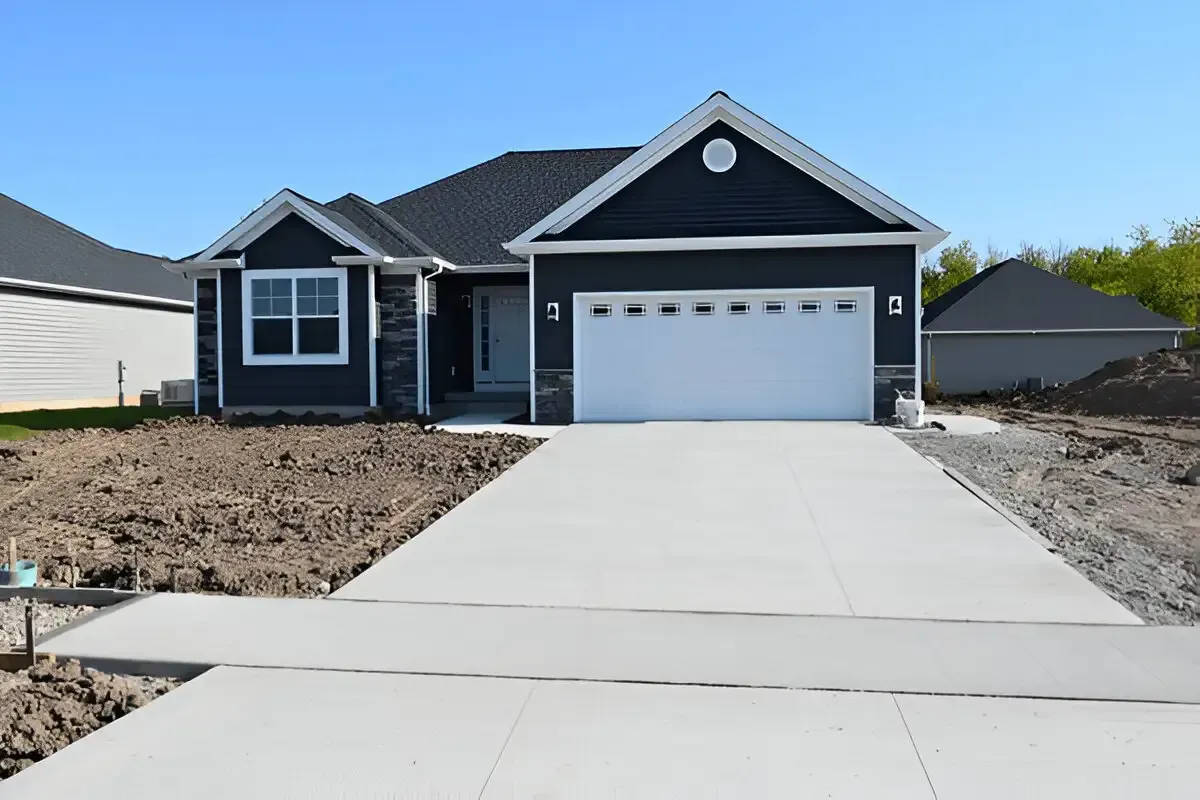Are Normal House Settling Cracks a Problem? [Expert Guide]
You may be surprised to know that most houses develop small cracks as they settle. Before you start panicking, let me tell you, many are harmless. But you should not ignore all the cracks, considering they are harmless.
Some go beyond normal house settling cracks and may indicate serious foundation issues that can get worse over time. When you know the differences, it can save you from costly damage down the road.
In this blog, we’ll show you how to tell normal settling cracks apart from serious warning signs. We will also discuss what causes them and when it’s time to call in an expert.
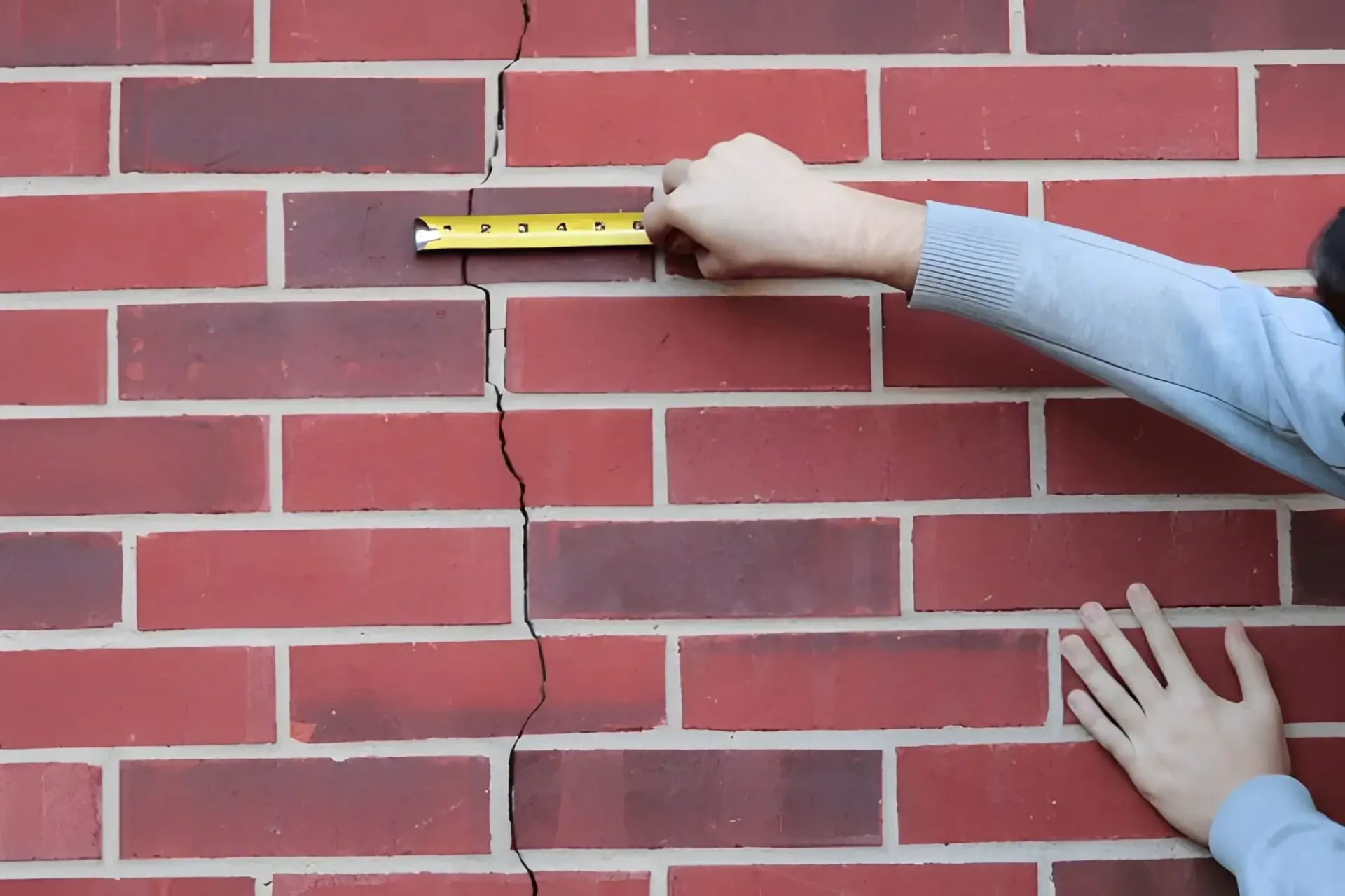
What Does “House Settling” Mean?
Did you know that house settling, or foundation settlement, is a natural process? But why does it happen?
It happens because your home needs some time to adjust to its environment. In the meantime, the weight of the structure presses into the soil, which can compact or shift. This pressure often creates small cosmetic cracks in walls, ceilings, or floors.
Some settling is normal after construction. Because most homes move slightly within the first few years. That’s why you might notice thin hairline cracks that don’t change much over time.
But! Not all settling is harmless!
There is uniform settling, which means that the whole house shifts evenly. It rarely causes major issues. Differential settlement, on the other hand, is different. It happens when one side of the foundation sinks more than another.
What Are Normal House Settling Cracks?
It’s common to see cracks in your walls a couple of years after a home is built. This is called normal house settling.
So, are small cracks in walls normal?
Here are the types of cracks that are typically harmless:
Hairline cracks
Thin, spider-web cracks are the most common type you’ll see in a home. They’re about the width of a human hair and usually stay less than 1/16 inch wide. Most run just a few inches long and don’t spread quickly.
These small lines often form as a house settles, as we discussed before. But they can also show up after minor temperature shifts or changes in humidity.
Even though they are harmless, we suggest keeping an eye on them.
Vertical cracks
Vertical cracks usually run straight up and down. This pattern makes them easy to spot. You may notice them near window frames or along the lines where walls meet the ceiling.
Most vertical cracks are harmless. Especially if they remain thin and don’t change much over time. Still, we suggest you measure and monitor them so you’ll know right away if they start to widen.
Similar Read: Signs Your Houston Foundation Might Be Damaged and Why It Matters
Signs When Cracks Are Not Normal
So, when should I worry about house cracks? These are the signs you should take a step about your house:
| Crack Type | Normal or Warning? | What It Means |
|---|---|---|
| Hairline cracks (≤ 1/16 inch) | Usually Normal | Common with new builds as materials dry and settle. |
| Vertical cracks near windows/doors | Often Normal | Caused by natural house settling or slight soil shifts. |
| Horizontal cracks along walls | Serious Problem | Signals soil pressure against foundation walls; risk of bowing. |
| Stair-step cracks in brick/masonry | Serious Problem | Often linked to uneven settlement or soil movement. |
| Cracks that grow or spread | Red Flag | Active foundation movement requires immediate inspection. |
| Drywall cracks with uneven floors | Problem | Indicates deeper foundation issues, not just surface damage. |
You may also like: Cracks in Your Garage Foundation Wall: Causes, Risks, and Repair Solutions
Cracks Wider Than ¼ Inch
Hairline cracks are common. But if you notice the crack passes ¼ inch in width, it’s time to be concerned. These cracks may form along drywall seams or stretch across a basement wall.
Horizontal Cracks Along Walls
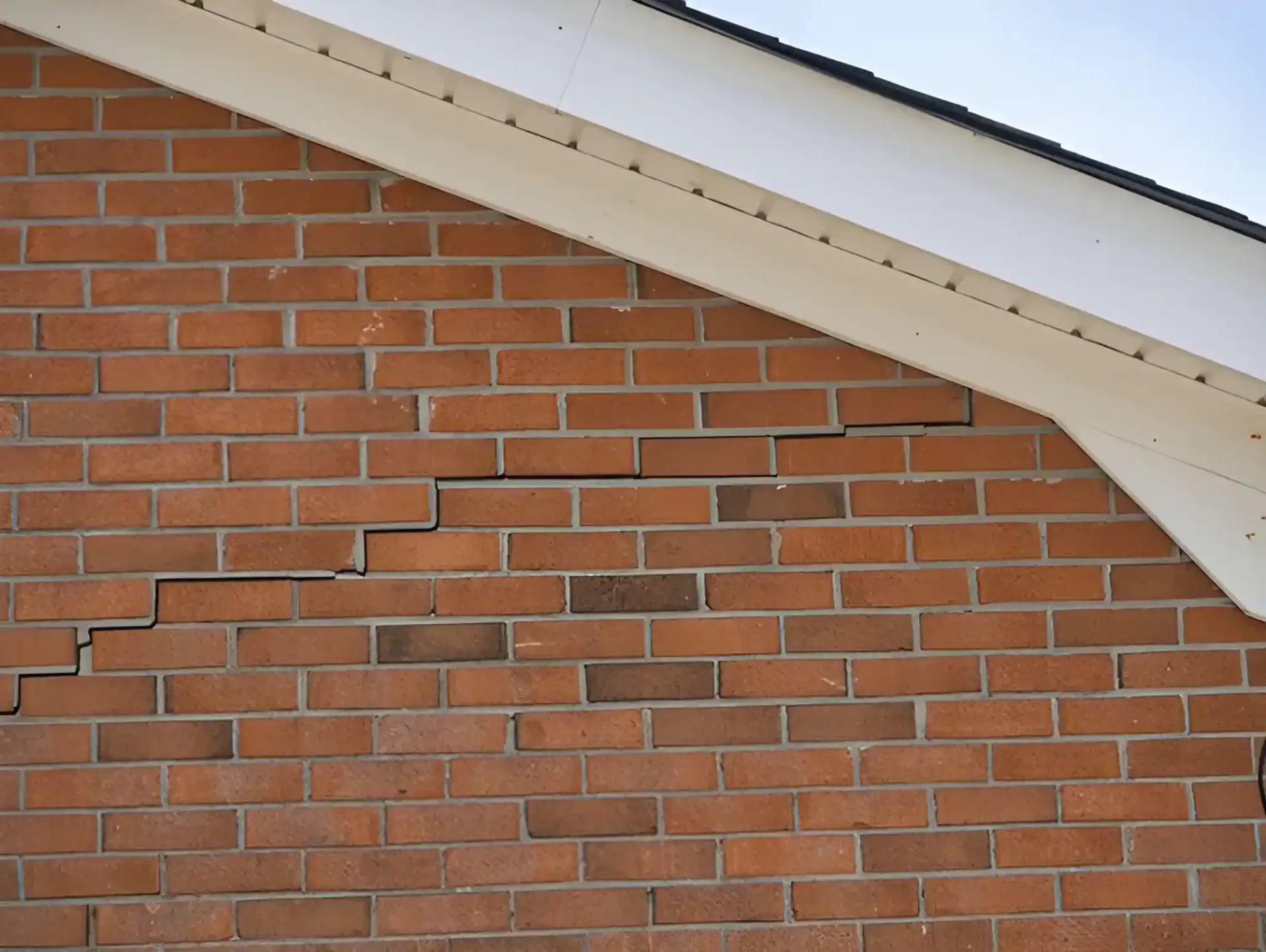
Instead of running straight up and down, horizontal cracks appear side to side across a wall.
They often happen when expanding soil or excess moisture builds up pressure against your foundation walls. Over time, that pressure causes the wall to bow or lean. And if you don’t notice it often, it may lead to full structural failure.
Stair-Step Cracks in Brick or Masonry
When cracks form in a zig-zag pattern along the mortar joints of a brick or block wall, that’s a stair-step crack. It indicates your foundation is sinking or settling differently than the rest.
These cracks can spread quickly if the soil keeps shifting beneath your home. If you see them near the bottom of your exterior walls, they’re especially concerning. Because they show the base of your foundation is under stress.
Diagonal Cracks at an Angle
Diagonal cracks usually appear at a 45-degree angle. They’re a classic sign of differential settlement. It means one side of your foundation is dropping faster than the other.
You’ll often notice other issues alongside these cracks. These are doors that stick, windows that won’t open, or sloping floors. These symptoms show uneven movement below the surface..
Foundation Cracks Near Load-Bearing Walls
Load-bearing walls carry the weight of floors, ceilings, and even the roof. So it is easy to become worried after noticing a crack in or near these areas. That puts the entire structure above it at risk.
Drywall Cracks With Other Issues
Drywall cracks by themselves aren’t harmful. But when they come with other warning signs, they’re the biggest red flag.
Common Causes of House Settling Cracks
Some common causes of house settling cracks are given below:
Soil Expansion and Shrinkage
Clay soil or expansive soil is one of the main culprits behind house settlement cracks. According to the U.S. Geological Survey (USGS) report, expansive soils are one of the most costly natural hazards in the United States. What is even more concerning is that it causes more damage to homes each year than floods, tornadoes, and earthquakes combined.
Poor Drainage and Moisture Fluctuations
Water is one of the biggest enemies of a stable foundation. This is because:
- Heavy Rainfall
When the ground gets oversaturated, the soil becomes soft and unstable. That extra pressure can cause your foundation to sink or shift.
- Drought Conditions
Dried soil shrinks and pulls away from your foundation. This leaves empty spaces underneath, making it easier for your foundation to settle unevenly.
- Poor Drainage
If gutters are clogged or your yard slopes the wrong way, water flows straight toward your foundation. Over time, that constant moisture erodes the soil that’s supposed to hold it in place.
Weather Extremes
Harsh weather patterns can push your foundation around. Long dry seasons after sudden storms are especially tough on soil. The dry period makes the soil contract. Then, when rain hits, it swells again. That constant cycle creates movement beneath the foundation and cracks above it.
In colder regions, continuous freezing and thawing stress both the soil and concrete. These freeze-thaw cycles cause surface and structural cracking in temperate climates.
Construction Quality and Foundation Type
Not all homes are built the same, and it is responsible too when it comes to settling.
- Slab foundations: If the soil shifts, the slab moves with it. That often shows up as cracks in floors and walls.
- Pier and beam foundations: it works on supports, which gives some flexibility.
If the soil wasn’t compacted properly before your home was built, the foundation can gradually settle in uneven ways. Even projects like a neighbor digging for a new pool can disturb the ground and create cracks in your foundation.
Natural Events and Disasters
Sometimes, earthquakes, floods, and even sinkholes can shift the ground beneath your foundation. These events can cause sudden, uneven movement. These natural disasters leave behind serious cracks in your home’s structure.
How Two Brothers Foundation Fixes Foundation Issues
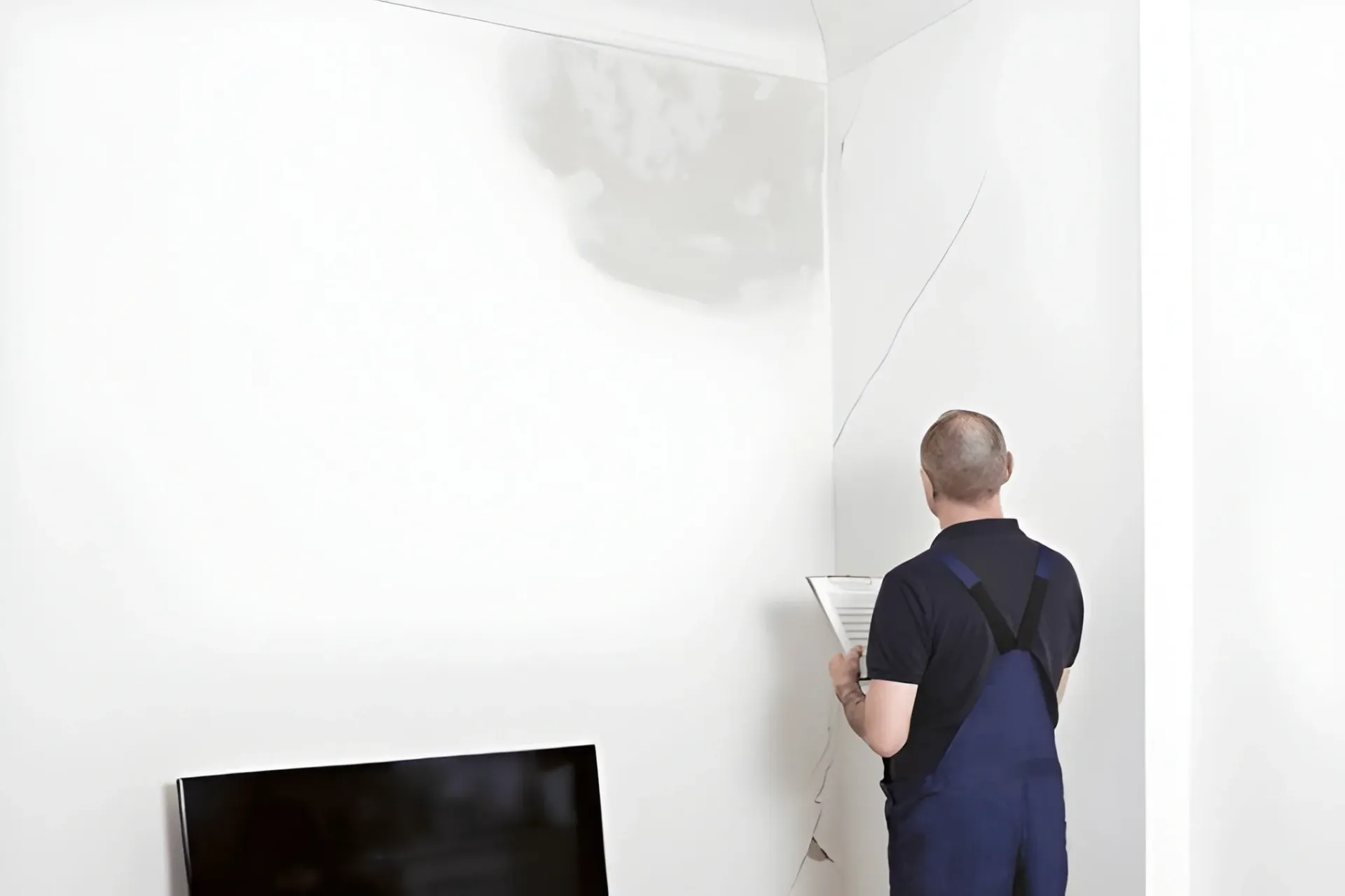
Every home is different, but the problems we see usually fall into familiar patterns. That’s why we use proven foundation repair methods to handle everything from small cracks to major settlement.
Here’s how we repair the foundation:
Crack Injections
When we find small to mid-sized foundation cracks, we often recommend crack injections. Our team cleans the crack, installs injection ports, and fills the gap with epoxy or polyurethane resin under pressure.
- Epoxy bonds the concrete and restores its strength.
- Polyurethane is ideal for non-structural cracks.
Piering
When part of a home sinks into the soil, piering is our go-to fix. We drive steel or helical piers deep into stable ground until they reach load-bearing soil or bedrock.
- Brackets attach the piers to the foundation.
- Hydraulic jacks carefully lift and level the structure.
- The weight of your home transfers to the stable soil below.
This method is a permanent foundation repair method and keeps it from sinking again.
Slabjacking
If your driveway, sidewalk, or garage floor has sunk, we use slabjacking (also called mudjacking). Here’s our process:
- Drill small holes into the slab.
- Pump a grout mixture under the concrete.
- Fill voids and raise the slab back to its original height.
Underpinning
For serious structural issues, underpinning is the most reliable option. We add new supports. It can be steel or concrete piers to extend the foundation into stable soil or bedrock.
This process gives the home a stronger base, distributes the weight evenly, and prevents future settlement. It’s often the best choice for homes with significant movement or compromised soil conditions.
Conclusion
Trust me when I say most cracks you see are part of normal settling. But of course, not all of them are harmless. That’s why knowing the difference between normal house settling cracks and structural warning signs is important. Contact Two Brothers Foundation today for a free inspection. Early action is the easiest way to keep your home safe.
FAQs
1. How long does it take for a house to finish settling?
Most homes settle noticeably in the first 2–3 years after construction. Minor cracks during this time are common to see. But if you notice significant movement after that, it may indicate soil or foundation problems.
2. Do all types of soil cause foundation cracks?
No. Sandy soils drain well and usually cause fewer issues. Clay-heavy soils, also known as expansive soils, swell when wet and shrink when dry. This constant movement is one of the leading causes of foundation cracks.
3. Can painting over cracks solve the problem?
Not really. Paint or patching can only hide the crack. But it won’t stop the movement causing it. If the crack is structural, it will worsen over time.
4. Is foundation repair covered by homeowners' insurance?
In most cases, standard homeowners insurance doesn’t cover cracks caused by soil settlement or poor drainage. It may, however, cover damage from sudden events like earthquakes or plumbing leaks.
